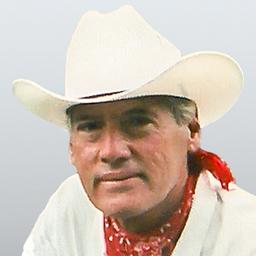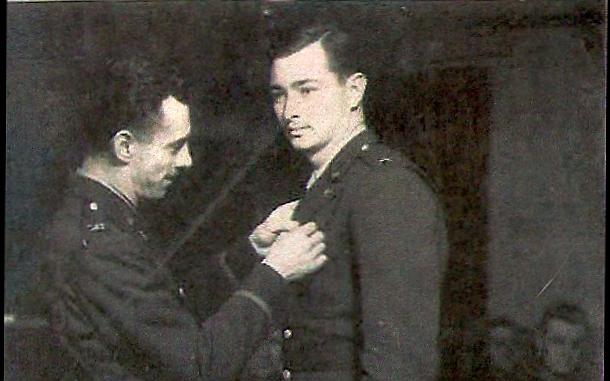There was perfect Wi-Fi connection. My computer was open, a cup of savory brewed coffee on the table beside me. America’s heartland was passing by large picture windows on the top level of a two-story Amtrak Superliner lounge-car. A uniformed bartender served drinks and snacks. Some passengers were playing board games or cards, others enjoying cheese and crackers with a bottle of wine. I don’t know why I didn’t think of this before.
Railroads in America have been part of a cycle. We are dependent on them for freight yet have found it quicker to board jets or decide it is more convenient to drive. The reputation of passenger service on railroads took on the aura akin to bus travel. It was always there, often not a popular choice in this rush-to-get-there world. All of a sudden there has been a rebirth of passenger interest in travel by rail. The reason is obvious. Disgust with airlines has been building for a long time.






